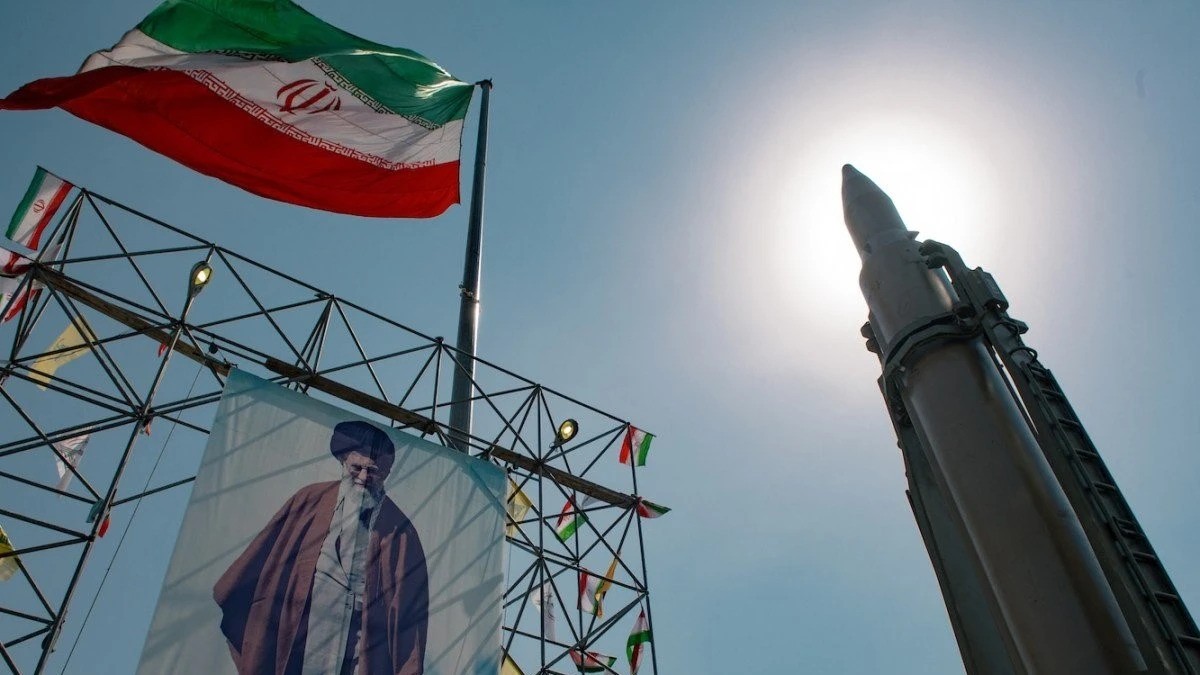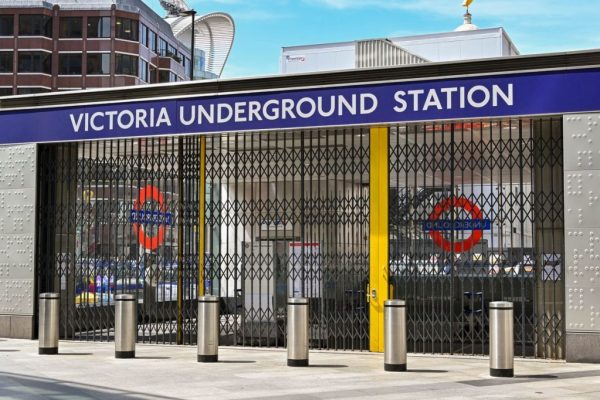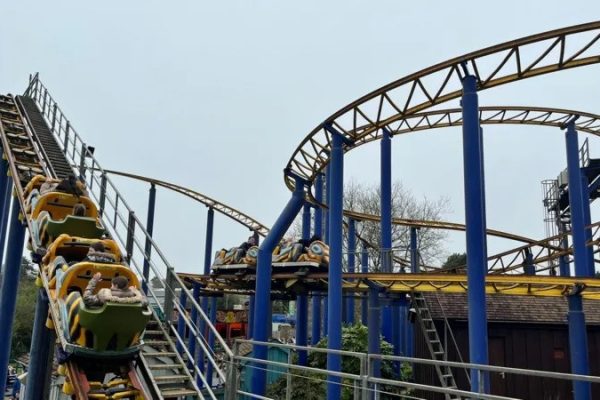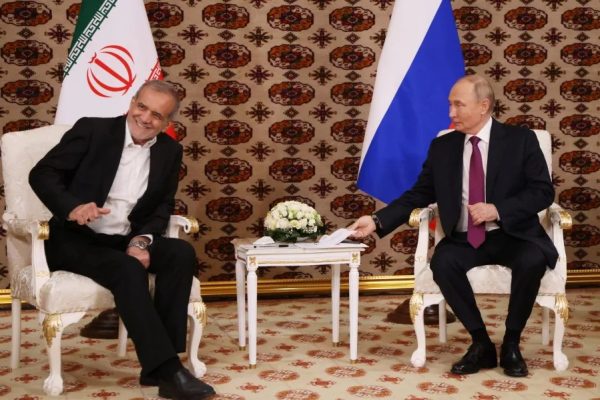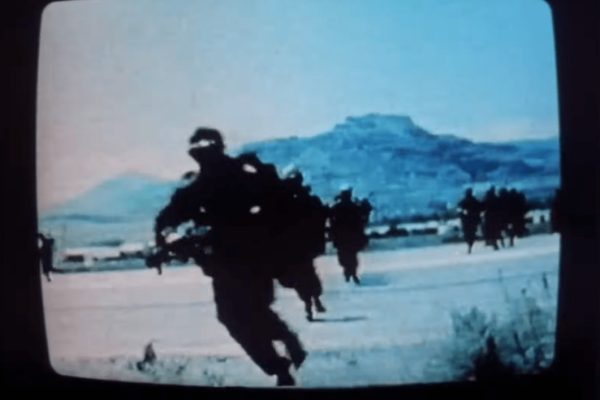UK NEWS – On October 5, 2024, a significant 4.6 magnitude earthquake shook Iran’s Semnan province, sending tremors felt across a wide region, including parts of Israel. The quake struck at approximately 10:45 PM local time, with its epicenter located in Aradan, a city within Semnan. According to the US Geological Survey, the earthquake occurred at a shallow depth of about 10 kilometers. The tremors were notably felt in Tehran, situated around 110 kilometers from the epicenter, highlighting the earthquake’s considerable impact.
In the aftermath of the earthquake, speculation began to circulate on social media platforms regarding a potential covert nuclear test by Iran. Shortly after the initial tremor, a weaker aftershock was recorded in Israel, further fueling these theories. Although no official statements have confirmed such suspicions, the timing of the seismic activity has raised eyebrows amidst the already tense relations between Iran and Israel, marked by military confrontations and hostile rhetoric.
The ongoing conflict between Iran and Israel has heightened sensitivities surrounding nuclear capabilities. Experts and analysts have expressed caution in interpreting the earthquake as evidence of a nuclear test, emphasizing the need for thorough investigation and confirmation. The geopolitical environment has intensified fears regarding Iran’s advancements in nuclear technology, especially given the historical context of accusations surrounding its nuclear program.
As discussions continue about the implications of the earthquake, various theories have emerged, particularly on social media. Some observers suggest that seismic events in the region might correlate with clandestine nuclear activities, while others remain skeptical, attributing the earthquake to natural geological processes. The possibility of a nuclear test, however, resonates deeply due to the persistent anxieties surrounding Iran’s nuclear ambitions.
This earthquake serves as a reminder of the fragility of the region, where natural disasters can quickly intertwine with geopolitical tensions. Iran’s nuclear program has long been a contentious issue, drawing international scrutiny and leading to heightened military posturing. With the recent tremors, the narrative around Iran’s nuclear capabilities becomes more complex, interweaving with existing fears and political strategies in the Middle East.
As the situation unfolds, international observers are calling for increased vigilance and monitoring of Iran’s nuclear facilities. The potential for misinterpretation and the rapid spread of information in the age of social media have made it crucial for governments and organizations to verify claims before drawing conclusions. Enhanced oversight from bodies like the International Atomic Energy Agency (IAEA) may be necessary to ensure compliance with nuclear non-proliferation agreements.
In summary, the October 5 earthquake has sparked a whirlwind of speculation regarding Iran’s nuclear program, amidst a backdrop of military tensions with Israel. While no official confirmation of a nuclear test exists, the incident has reignited concerns about the regional stability and the potential consequences of any advancements in Iran’s nuclear capabilities. As experts and analysts continue to assess the situation, the need for clear communication and reliable information remains paramount.
